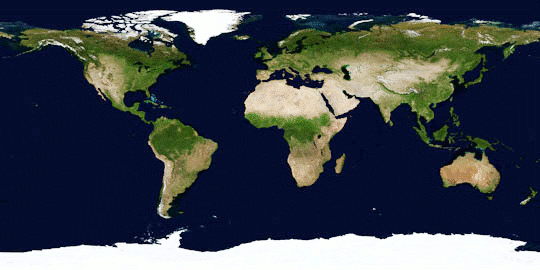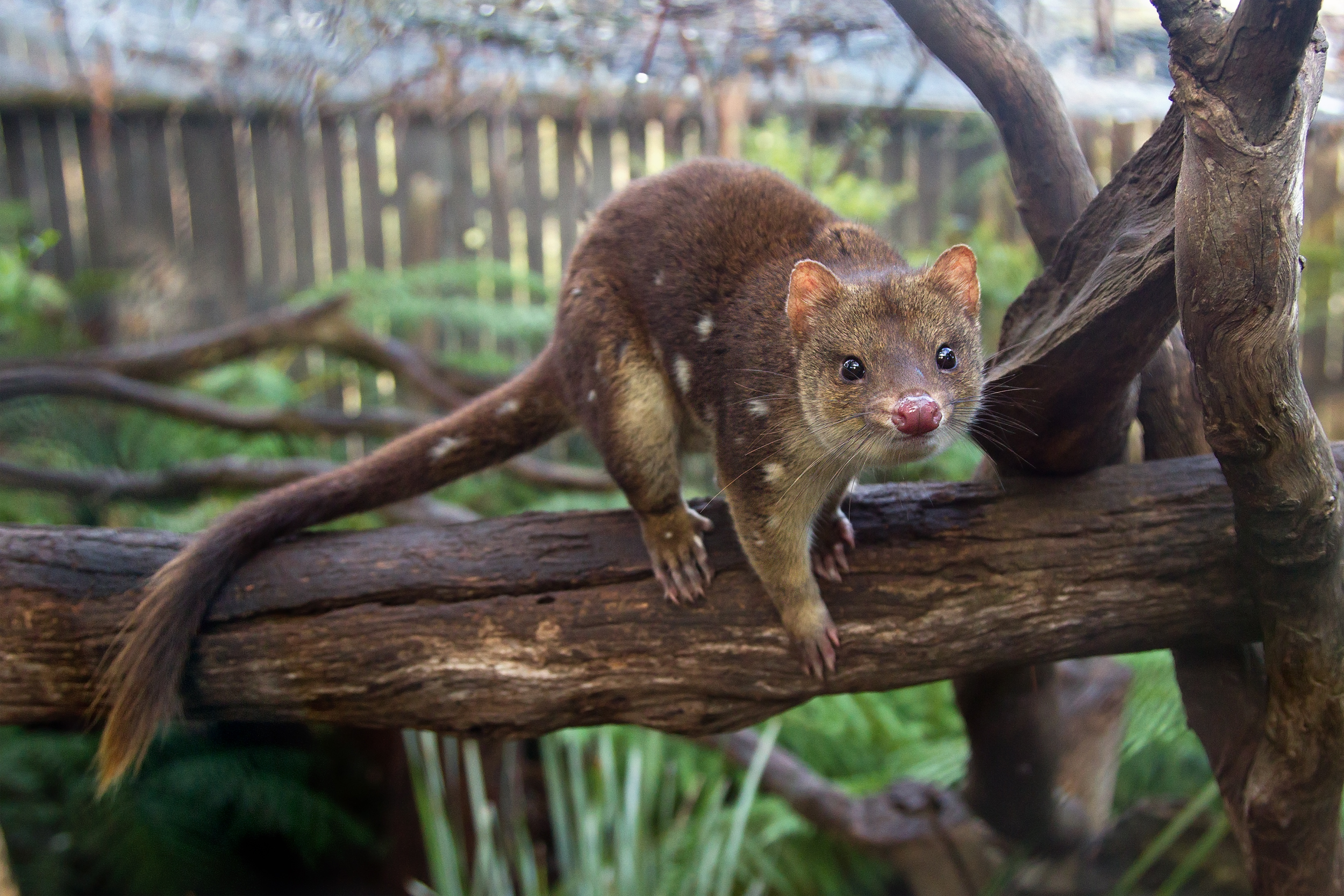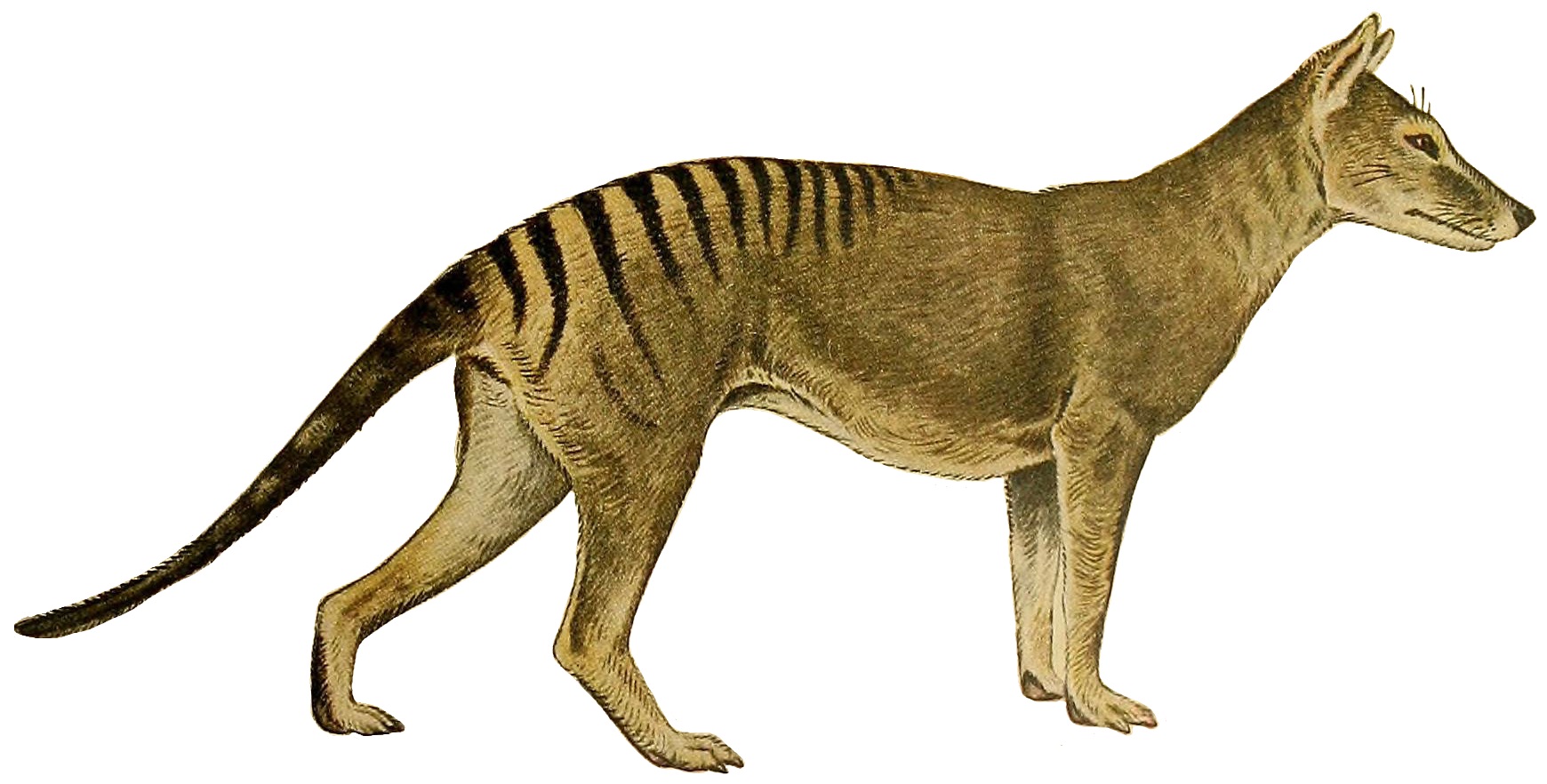|
Native Cat
Quolls (; genus ''Dasyurus'') are carnivorous marsupials native to Australia and New Guinea. They are primarily nocturnal, and spend most of the day in a den. Of the six species of quoll, four are found in Australia and two in New Guinea. Another two species are known from fossil remains in Pliocene and Pleistocene deposits in Queensland. Genetic evidence indicates that quolls evolved around 15 million years ago in the Miocene, and that the ancestors of the six species had all diverged by around four million years ago. The six species vary in weight and size, from to . They have brown or black fur and pink noses. They are largely solitary, but come together for a few social interactions, such as mating, which occurs during the winter season. A female gives birth to up to 30 pups, but the number that can be raised to adulthood is limited by the number of teats (6–7). They have a life span of 1–5 years (species dependent). Quolls eat smaller mammals, small birds, lizards, ... [...More Info...] [...Related Items...] OR: [Wikipedia] [Google] [Baidu] |
Eastern Quoll
The eastern quoll (''Dasyurus viverrinus'', formerly known as the eastern native cat) is a medium-sized carnivorous marsupial (dasyurid), and one of six extant species of quolls. Endemic to Australia, they occur on the island state of Tasmania, but were considered extinct on the mainland after 1963. The species has been reintroduced to fox-proof fenced sanctuaries in Victoria in 2003 and to the Australian Capital Territory in 2016. Taxonomy The eastern quoll is a member of the family Dasyuridae, which includes most carnivorous marsupials. Its species name, ''viverrinus'', indicates it is "ferret-like". There are no recognised subspecies. Description Eastern quolls are about the size of a small domestic cat, with adult males measuring in total length, including the tail, and having an average weight of . Females are significantly smaller, measuring , including a tail, and weighing around . They have a tapering snout, short legs, and erect ears. They can be distinguished ... [...More Info...] [...Related Items...] OR: [Wikipedia] [Google] [Baidu] |
Winter
Winter is the coldest and darkest season of the year in temperate and polar climates. It occurs after autumn and before spring. The tilt of Earth's axis causes seasons; winter occurs when a hemisphere is oriented away from the Sun. Different cultures define different dates as the start of winter, and some use a definition based on weather. When it is winter in the Northern Hemisphere, it is summer in the Southern Hemisphere, and vice versa. Winter typically brings precipitation that, depending on a region's climate, is mainly rain or snow. The moment of winter solstice is when the Sun's elevation with respect to the North or South Pole is at its most negative value; that is, the Sun is at its farthest below the horizon as measured from the pole. The day on which this occurs has the shortest day and the longest night, with day length increasing and night length decreasing as the season progresses after the solstice. The earliest sunset and latest sunrise dates outs ... [...More Info...] [...Related Items...] OR: [Wikipedia] [Google] [Baidu] |
Dasyurus Maculatus Skeleton
Quolls (; genus ''Dasyurus'') are carnivorous marsupials native to Australia and New Guinea. They are primarily nocturnal, and spend most of the day in a den. Of the six species of quoll, four are found in Australia and two in New Guinea. Another two species are known from fossil remains in Pliocene and Pleistocene deposits in Queensland. Genetic evidence indicates that quolls evolved around 15 million years ago in the Miocene, and that the ancestors of the six species had all diverged by around four million years ago. The six species vary in weight and size, from to . They have brown or black fur and pink noses. They are largely solitary, but come together for a few social interactions, such as mating, which occurs during Winter, the winter season. A female gives birth to up to 30 pups, but the number that can be raised to adulthood is limited by the number of teats (6–7). They have a life span of 1–5 years (species dependent). Quolls eat smaller mammals, small birds, l ... [...More Info...] [...Related Items...] OR: [Wikipedia] [Google] [Baidu] |
David Fleay
David Howells Fleay (; 6 January 1907 – 7 August 1993) was an Australian scientist and natural history, biologist who pioneered the captive breeding of endangered species, and was the first person to breed the platypus (''Ornithorhynchus anatinus'') in captivity. He died on 7 August 1993 aged 86. Early life Fleay was born in Ballarat, Victoria, Australia, Victoria, and had an aesthetic upbringing: His mother, Maude Edith Victoria Fleay, was a notable wildlife artist and had studied painting under Frederick McCubbin, Fred McCubbin; his father, William Henry Fleay, was a manufacturing chemist in Ballarat. After education at a state primary school and later a private high school, Ballarat Grammar School, Fleay was first employed in his father's chemist shop and then was briefly a teacher at Ballarat Grammar. He left for Melbourne in 1927 to study for a Bachelor of Science degree and Diploma of Education at Melbourne University. There, he met another student, Mary Sigrid C ... [...More Info...] [...Related Items...] OR: [Wikipedia] [Google] [Baidu] |
Opossum
Opossums () are members of the marsupial order Didelphimorphia () endemic to the Americas. The largest order of marsupials in the Western Hemisphere, it comprises 126 species in 18 genera. Opossums originated in South America and entered North America in the Great American Interchange following the connection of North and South America in the late Cenozoic. The Virginia opossum is the only species found in the United States and Canada. It is often simply referred to as an opossum; in North America, it is commonly referred to as a possum (; sometimes rendered as ''possum'' in written form to indicate the dropped "o"). The Australasian arboreal marsupials of suborder Phalangeriformes are also called possums because of their resemblance to opossums, but they belong to a different order. The opossum is typically a nonaggressive animal and almost never carries the virus that causes rabies. Etymology The word ''opossum'' is derived from the Powhatan language and was first recorde ... [...More Info...] [...Related Items...] OR: [Wikipedia] [Google] [Baidu] |
Tiger Quoll
The tiger quoll (''Dasyurus maculatus''), also known as the spotted-tailed quoll, spotted quoll, spotted-tailed dasyure, or tiger cat, is a carnivorous marsupial of the quoll genus ''quoll, Dasyurus'' native to Australia. With males and females weighing around , respectively, it is the world's second-largest extant carnivorous marsupial, behind the Tasmanian devil. Two subspecies are recognised; the nominate is found in wet forests of southeastern Australia and Tasmania, and a northern subspecies, ''D. m. gracilis'', is found in a small area of northern Queensland and is endangered. The tiger quoll commonly preys on small mammals, insects, birds, Poultry, domestic poultry and large marsupials such as wombats. It mostly hunts live prey but occasionally scavenges when the opportunity arises. The tiger quoll kills its prey by executing a killing bite to the base of the skull or top of the neck, depending on the size of the prey. The species is listed as Near-threatened species, ne ... [...More Info...] [...Related Items...] OR: [Wikipedia] [Google] [Baidu] |
Marten
A marten is a weasel-like mammal in the genus ''Martes'' within the subfamily Guloninae, in the family Mustelidae. They have bushy tails and large paws with partially retractile claws. The fur varies from yellowish to dark brown, depending on the species; it is valued by animal trappers for the fur trade. Martens are slender, agile animals, which are adapted to living in the taiga, and inhabit coniferous and northern deciduous forests across the Northern Hemisphere. Classification Results of DNA research indicate that the genus ''Martes'' is paraphyletic, with some studies placing ''Martes americana'' outside the genus and allying it with '' Eira'' and '' Gulo'', to form a new New World clade. The genus first evolved up to seven million years ago during the Miocene epoch. Fossils Several fossil martens have been described, including: *†''Martes campestris'' (Pliocene) *†''Martes wenzensis'' (Pliocene) *†''Martes vetus'' (Pleistocene) Another descri ... [...More Info...] [...Related Items...] OR: [Wikipedia] [Google] [Baidu] |
Polecat
Polecat is a common name for several mustelid species in the order Carnivora and subfamilies Ictonychinae and Mustelinae. Polecats do not form a single taxonomic rank (i.e. clade). The name is applied to several species with broad similarities to European polecats, such as having a dark mask-like marking across the face. In the United States, the term ''polecat'' is sometimes applied to the black-footed ferret, a native member of the Mustelinae. In Southern United States dialect, the term ''polecat'' is sometimes used as a colloquial nickname for the skunk, which is part of the family Mephitidae. Despite their common name, polecats are related more closely to dogs than to cats. Taxonomy According to the most recent taxonomic scheme proposing eight subfamilies within Mustelidae, polecats are classified as: Subfamily Ictonychinae *Genus '' Ictonyx'' ** Striped polecat, ''I. striatus'', (native to Central, Southern, and sub-Saharan Africa) ** Saharan striped polecat, ''I. liby ... [...More Info...] [...Related Items...] OR: [Wikipedia] [Google] [Baidu] |
Guugu Yimithirr People
The Guugu Yimithirr, also spelt Gugu Yimithirr and also known as Kokoimudji, are an Aboriginal Australian people of Far North Queensland, many of whom today live at Hopevale. Guugu Yimithirr is also the name of their language. They were both a coastal and inland people, the former clans referring to themselves as a "saltwater people". Country The traditional territory of the Guugu Yimithirr speakers extended from the Endeavour River outlet inland, ranged as far north as the mouth of the Starcke river, or, according to Norman Tindale, to the southern vicinity of Cape Flattery. Westwards it reached the source of the Jack River and south to Battle Camp, north-west of Cooktown. Tindale assigned them, in his estimations, an overall domain extent of some . Dialects of the same language were spoken north of Cape Bedford and the McIvor River, and inland as far as the source of the Jack River. David Horton's 1996 representation of Tindale's map shows the lands of the Guugu Yimi ... [...More Info...] [...Related Items...] OR: [Wikipedia] [Google] [Baidu] |
Guugu Yimithirr Language
Guugu Yimithirr, also rendered Guugu Yimidhirr, Guguyimidjir, and many other spellings, is an Australian Aboriginal language, the traditional language of the Guugu Yimithirr people of Far North Queensland. It belongs to the Pama-Nyungan language family. Most of the speakers today live at the community of Hope Vale, about from Cooktown. However, only about half of the Guugu Yimithirr nation speak the language. As such, efforts are being made to teach it to children. Guugu Yimithirr is the source language of the word ''kangaroo'' (). Name The word means 'speech, language', while (or ) means -having, being the word for 'this'. The use of the word , rather than some other word for "this", was seen as a distinctive feature of Guugu Yimithirr. The element and the practice of naming based on some distinctive word is found in many other languages. The name has many spelling variants, including Gogo-Yimidjir, Gugu-Yimidhirr, Gugu Yimithirr, Guugu Yimidhirr, Guguyimidjir (us ... [...More Info...] [...Related Items...] OR: [Wikipedia] [Google] [Baidu] |
James Cook
Captain (Royal Navy), Captain James Cook (7 November 1728 – 14 February 1779) was a British Royal Navy officer, explorer, and cartographer famous for his three voyages of exploration to the Pacific and Southern Oceans, conducted between 1768 and 1779. He completed the first recorded circumnavigation of the main islands of New Zealand and was the first known European to visit the eastern coastline of Australia and the Hawaiian Islands. Cook joined the British merchant navy as a teenager before enlisting in the Royal Navy in 1755. He served during the Seven Years' War, and subsequently surveyed and mapped much of the entrance to the St. Lawrence River during the Battle of the Plains of Abraham, siege of Quebec. In the 1760s, he mapped the coastline of Newfoundland (island), Newfoundland and made important astronomical observations which brought him to the attention of the Admiralty (United Kingdom), Admiralty and the Royal Society. This acclaim came at a crucial moment in Brit ... [...More Info...] [...Related Items...] OR: [Wikipedia] [Google] [Baidu] |






